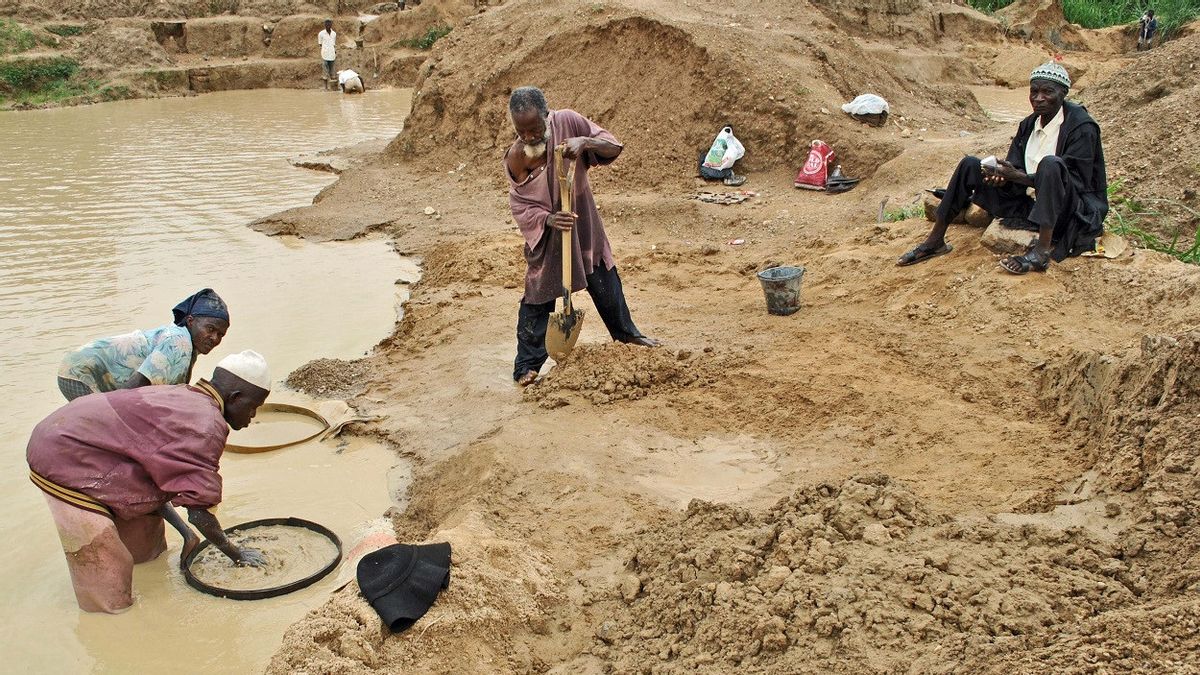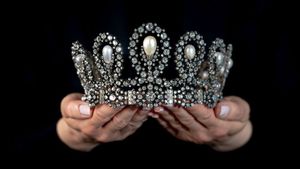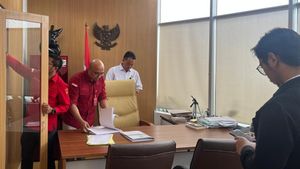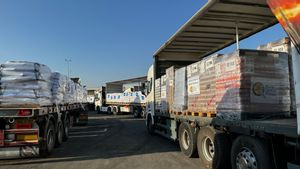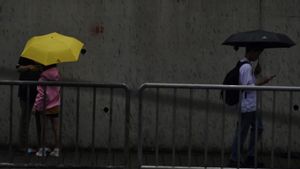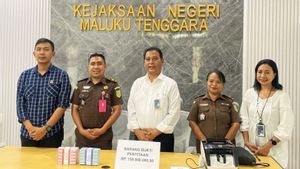JAKARTA - Thousands of South Africans flocked to the outskirts of KwaHlathi Village, more than 300 kilometers (186 miles) southeast of Johannesburg, to hunt for diamonds and other precious stones.
This was done after a cattle herder found some unidentified crystal-like stones last week. Findings that made other residents interested in trying their luck to get the same stone.
News of the discovery spread quickly, sparking a raid on the site despite warning messages from the government warning that the stones could be worthless.
At dawn, men and women turn over clumps of the earth with shovels and pickaxes, followed by digging in the surrounding soil slowly by hand. Many find more mysterious stones and store them in small piles of earth.
"They are real", says a 40-year-old mother named Magudulela who is struggling to feed her three children beamingly.
"I will buy a car, a house, send my children to private schools", she said as reported by the Koreatimes from AFP, Wednesday, June 16.

The prospect of finding diamonds sends sparkling ripples of hope to one of South Africa's poorest regions, as the coronavirus pandemic exacerbates decades of staggeringly high unemployment.
Internationally renowned for its mineral wealth, it still holds the record for the discovery of the world's largest rough diamond named Cullinan which was discovered in 1905 in the small mining town of the same name.
South Africa is also the birthplace of the Kimberley Process, an international certification scheme to keep conflict diamonds off the market.
"We are poor, we are unemployed. But this can change everything. They are not tired, we are making money", said Precious, 38, who spent the evening digging, with his teenage son and baby daughter. His son seemed to be clutching a transparent crystal the size of a ping pong ball.
Johannesburg resident Thulani Manyyathi, 36, traveled to KwaHlathi from the impoverished town of Alexandra with her four young daughters.
"We will live in Dubai, United Arab Emirates (UAE). I want a house with double storage, this will change our lives. No school today, because we are digging for diamonds", said Manyathi, fingering a bunch of stones in her pocket.

Rumors circulated that a 'foreigner' had bought the stones for a few hundred rands in the nearby town of Ladysmith. One South African rand is worth IDR 1.034. However, experts say it is very unlikely that the stone will become valuable.
"It's not a diamond, people here are just wasting their time", said 18-year-old Bhekumuzi Luvuno, skeptically examining one of the stones he dug up last night.
Authorities over the weekend asked diggers to leave the area, citing coronavirus restrictions, but to no avail. Yesterday, the government sent a team of geologists and mining experts to the area. Meanwhile, the police were on guard to keep the crowd under control.
SEE ALSO:
To note, when it was discovered in 1905, the Cullinan diamond, which weighed more than 3.000 carats uncut, lay just a few meters underground and was dug up with a pocket knife.
The boulder of the rough diamond is capable of producing the nine main diamonds used to adorn the British crown jewels, as well as nearly 100 minor diamonds.
The English, Chinese, Japanese, Arabic, and French versions are automatically generated by the AI. So there may still be inaccuracies in translating, please always see Indonesian as our main language. (system supported by DigitalSiber.id)
